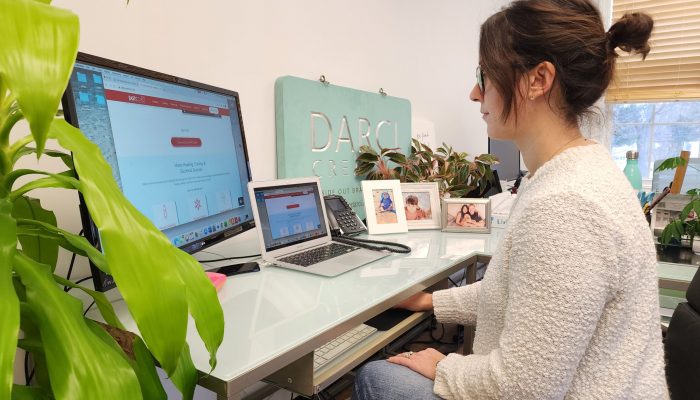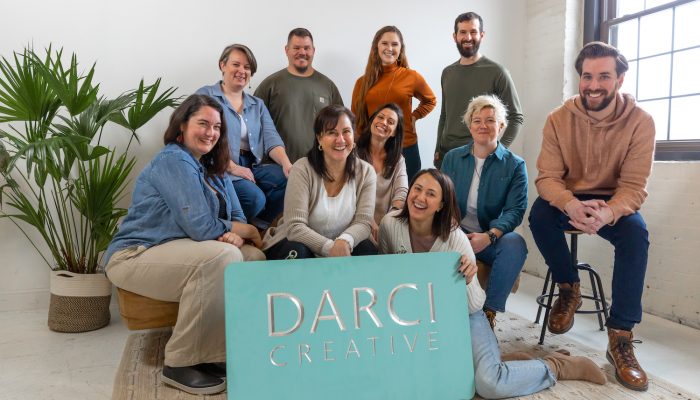(Part 2 of 3 in our Introduction to SEO for Small Business series)
Welcome back! It’s time for part two of a three-part series on SEO for small business. In the first post of this series, we introduced some basic SEO concepts and how they apply to a small business website. We touched on the relevance of keywords and how their placement within a site can help Google to better understand a business. We mentioned the benefits if amplifying a website’s presence with links from other sites. Also, we talked about how there’s no quick trick in SEO, making attention to detail so important. In this follow-up post we go over specific actionable tips that can be done to improve your small business’s SEO.
Google has been evolving its algorithm (in secret) since the company was founded twenty years ago. Although no one outside the Google headquarters can say for sure, we do have plenty of insight on what gets factored in as pages are ranked. There’s so much to get right, it would be impossible to mention everything in one post, but you’ve got to start somewhere, so let’s begin with these tips for “On-Site” SEO:
#1 Site Speed
Like any business, Google wants to please its customers. Google knows its users prefer sites that load quickly. No one wants to sit around waiting for a website to load, so check your site speed. A couple good speed graders are WebPageTest, Pingdom and Google’s own PageSpeed Insights. Not only will you get page load time (hopefully under 4 seconds), but also recommendations for improvement. Often slow load times are seen with pages that have images containing overly large file sizes. Did you compress your high-resolution images? Next time try https://tinypng.com/ before you upload. Another common site speed issue can happen with websites that do not have “static caching” (Brand Muffin sites use a WordPress plugin to solve for this). By the way, don’t forget to update your plugins!
#2 Site Security
Another SEO factor is security and Google has publicly stated that it was giving a slight rankings boost to websites that have increased security by adding an SSL (secure sockets layer) certificate. Chrome, Google’s browser, even marks all sites that haven’t adopted SSL as “not secure.” So, having an SSL certificate is not only important for that algorithm rankings boost, but also for brand credibility. A site has SSL if the URL begins with https (not http) and you see a padlock near the URL. If you find this confusing, learn more in this recent Forbes article.
#3 Check for Broken Links
A “404 Error” message is often seen as a result of a broken link. For example, say a business no longer sells a product that it once had a page on its website for. When the product was retired, the page was removed. However, somewhere on the website, maybe in an old blog post, there is still a reference to that product and a link to that (no longer existing) page. If someone were to click that link they’d see a “404 Error” message. Google frowns on these. You can correct 404 errors by updating or removing the broken link and potentially creating a permanent redirect to a similar product that has an active page. The free webmaster tools Google Search Console and Screaming Frog are great assets for uncovering all types of page issues including 404 errors.
Keywords!
Remember from our first post, your keywords are the words and phrases that a potential customer might enter into a Google search when they are looking for information related to your business. They need to be planned for and placed within a webpage, both where users will see them and in where applicable in the page’s code. To better explain how this is done, let’s imagine we have a small business that sells kitchen supplies online. We have a new muffin pan coming out and we are making a new page for the product. We’ve decided that our best choice for this page’s primary keyword is “ceramic muffin pan.” If we want our new muffin pan to be ranked highly on Google, we can follow these best practices….
#4 Keyword in the page title
Let’s say that the new ceramic muffin pan is called “The Bake 8 Supreme” and our website’s preliminary title for the new page is, “You’ll Love the Bake 8 Supreme – On Sale Now!” At first this page title seems eye-catching enough, but we need to remember what word or phrase a potential muffin pan buyer may be entering into Google. They are only beginning their pan buying journey and would not yet be Googling the specific brand name of the product, right? Instead we decide to call the page… “Looking for a Ceramic Muffin Pan? You’ll Love the Bake 8 Supreme!” This way the keyword is in the page title. When a Googlebot indexes our new page, it will see our keyword, “ceramic muffin pan” right there in the page title. This increases the likelihood of Google showing our page when someone searches for “ceramic muffin pan.” It sounds like common sense, but you’d be surprised how often keywords are not used in page titles.
#5 Keywords within the page copy
We tastefully use the keyword and variations of the keyword throughout the page copy. Along with “ceramic muffin pan,” we will work “muffin pan with ceramic coating,” and “non-stick muffin and cupcake pan” into the webpage. In doing so making sure not to “keyword stuff,” a now forbidden old SEO practice where the same keyword was used over and over again on a page. It is spammy and earns negative points with Google.
#6 Keywords as names of the images
The new product page for the muffin pan will have images and they should contain the keyword in the image name. This is a great opportunity to incorporate a keyword into a page’s code. So frequently this is missed and you’ll see a photo named image_003.jpg or tom_eating.jpg that should have been named ceramic_muffin_pan.jpg. Adding keywords to the image’s ALT tag is important as well.
Have you noticed that everything we’ve gone over here takes place on the website itself? Adding keyword, fixing 404 errors, improving site speed and security are all done within your website itself. We call this “On-Site” SEO. In the third and final installment of our intro to SEO series, we talk about using other websites to amplify yours, and cover “Off-Site” techniques absolutely crucial for SEO.

Sam Costanzo
DARCI Creative
Digital Marketing Manager





